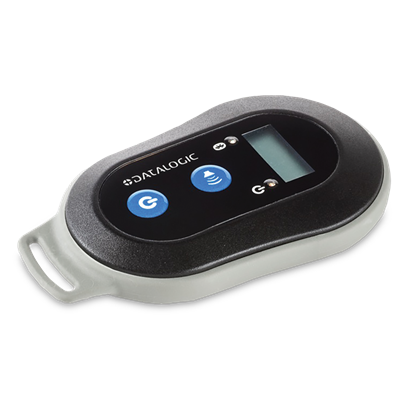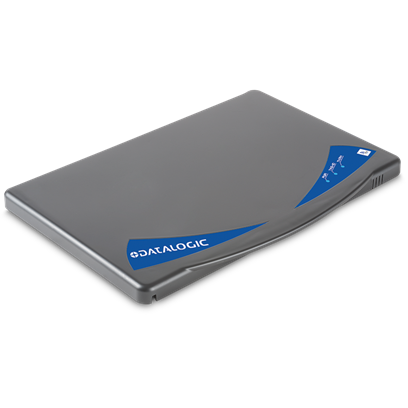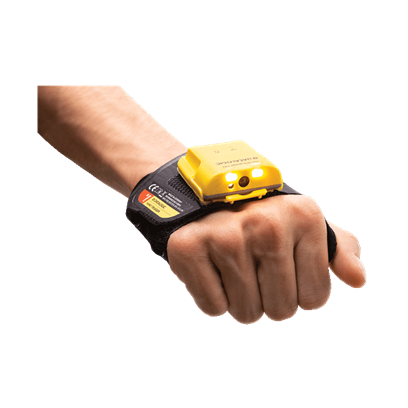
Inventory Management: mobile computers and industrial imagers and scanners for maximum efficiency and profitability
Inventory Management: mobile computers and industrial imagers and scanners for maximum efficiency and profitability
INTRODUCTION
Inventory management is a systematic approach to procuring, storing, and selling inventory — both raw materials (components) and finished goods (products). It means having the right inventory, at the right level, in the right place, at the right time, and at the right cost and price. In today's retail environment, customers can make a purchase in a physical store or virtually anywhere through a variety of channels and expect the product to be ready for shipment. Without accurate, real-time visibility into their inventory, companies are at constant risk of having either too much or too little inventory to meet customer demand. Datalogic's handheld mobile computers, industrial imagers, and scanners keep inventory precise while providing useful business intelligence data for future planning and operations.
WHAT IS INVENTORY COUNT?
Inventory count is the process of physically verifying the stock of products in a store or warehouse. It is essential for maintaining accurate inventory records and ensuring that available stock meets customer demand. Barcode scanners can be used to count items quickly and accurately, streamlining the counting process, reducing the risk of human error, and saving time compared to manual counting methods.
COUNTING LIST
A counting list is a document used by the counting team to record the quantities of items found during a physical count. The list contains information about the items, such as description, location, and unit of measure. The counting list is essential for reconciling the results of the physical count with the inventory records in the management system.
Carrying out an inventory count involves several steps, such as preparing the counting list, assigning staff members to the counting team, and organizing the count process. The warehouse manager is responsible for overseeing the count and ensuring that it is conducted efficiently.
STOCK COUNTS
Stock counts are essential to maintaining good inventory records and ensuring that the available inventory meets customer demand. Regular stock counts help identify discrepancies between the physical inventory and the records in the management system, allowing companies to address any issues in a timely manner.
CYCLE COUNTING
Cycle counting is a method of inventory management in which a small, representative sample of items is counted on a regular basis, rather than performing a full physical count of all inventory. This approach can save time and resources compared to full physical counts.
PHYSICAL COUNTS
Physical counts involve counting every item in a store or warehouse to verify the accuracy of inventory records. Physical counts are typically less frequent than cycle counts but are essential to ensure that the management system reflects available inventory.
COUNT ITEMS
To count items during an inventory count, a staff member can use a barcode scanner to quickly scan the barcode on each item. This streamlines the counting process, reduces the risk of human error, and saves time compared to manual counting methods.
BIN LOCATIONS
Bin locations are specific storage areas within a warehouse that are used to organize items and streamline the picking process. Assigning unique identifiers to each bin location makes it easier for workers to locate items during the inventory count process and ensures that the correct items are counted.
DATA ENTRY
Data entry is the process of entering the results of the inventory count into the management system. This can be done using mobile computers or industrial imagers and scanners that can quickly and accurately enter count data into the system. This eliminates manual data entry, reducing the risk of human error.
COUNT TAGS
Count tags are labels that can be attached to items during the inventory count process to indicate that they have been counted. These tags help prevent double counting of items and ensure that the inventory count is accurate.
CONCLUSION
Inventory management plays a critical role in maintaining accurate inventory levels, meeting customer demands, and ensuring business profitability. By integrating mobile computers, industrial imagers, and scanners into the inventory management process, companies can streamline their operations, reduce human error, and maintain real-time visibility into their inventory. As a result, companies can more effectively respond to changes in customer demand, minimize the risk of overstocking or understocking, and ultimately improve customer satisfaction. By implementing Datalogic's inventory management solutions, companies can optimize their inventory management activities in various situations such as warehouse inventory management, reverse logistics, in-store operations, and in-store online order fulfillment. These solutions provide companies with the tools they need to deliver an exceptional and seamless customer experience while maximizing efficiency and profitability.





